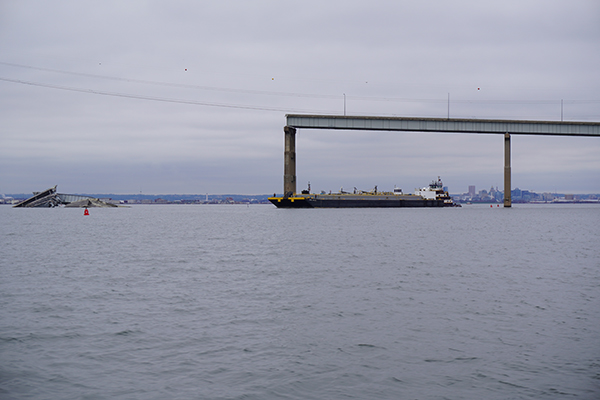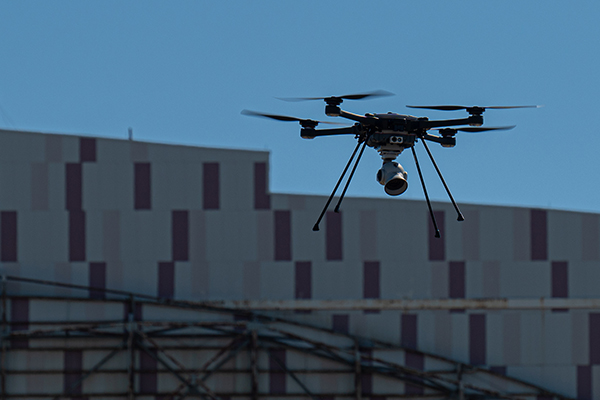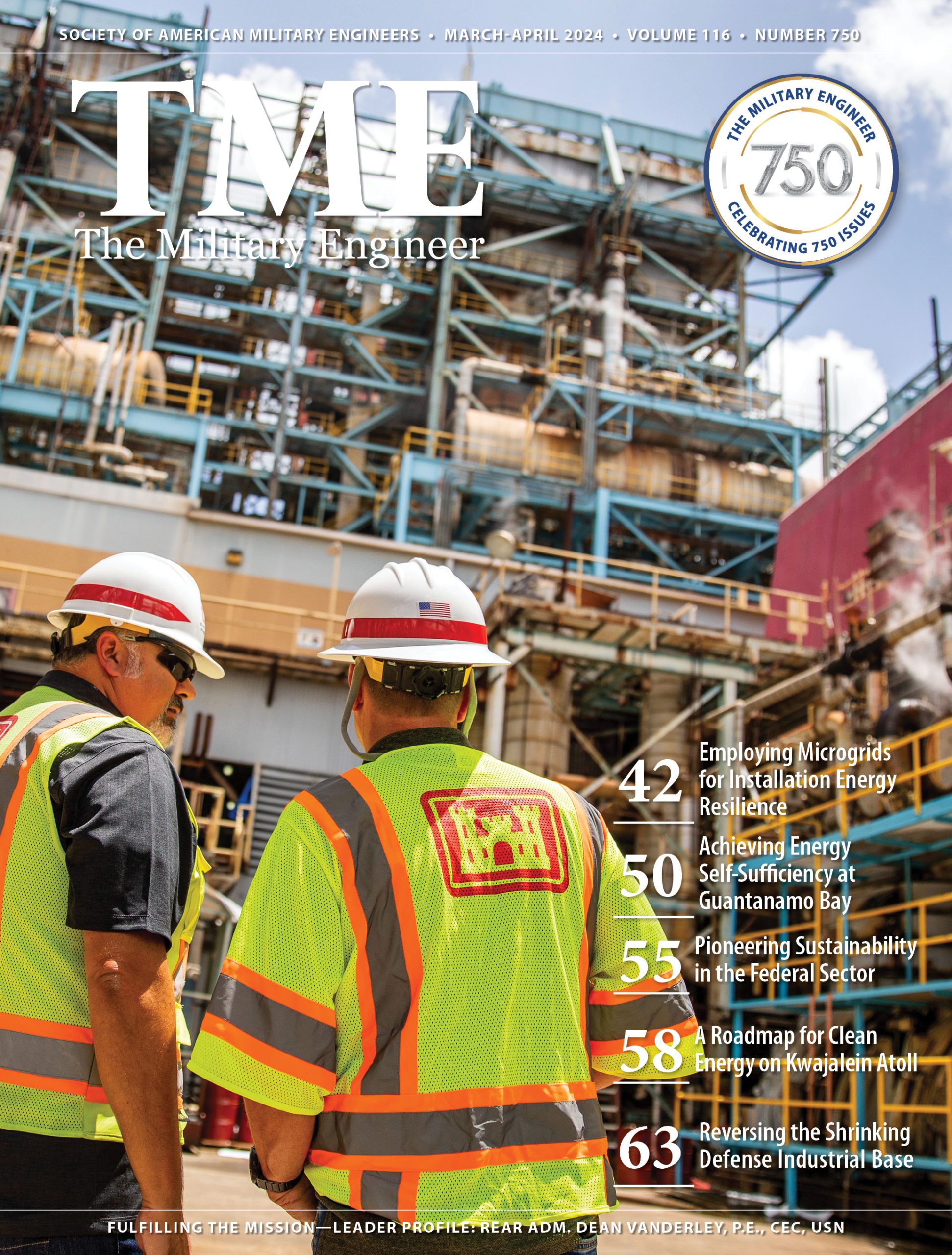
About The Military Engineer
The Military Engineer (TME)—since 1909 under its original masthead Professional Memoirs, and since January 1920 in its current form as the official journal of SAME—has been the leading voice championing the contributions, the achievements, and the legacy of military engineers and those aligned with ensuring the national security of the United States.
TME is a bi-monthly publication. Each issue of TME magazine includes technical articles authored by subject matter experts throughout military, government, industry, and academia; stories and features from across SAME; and news related to engineering, energy, resilience, technology, and other subjects aligned with national security.
Current Issue
-
 TME September-October 2024The September-October 2024 issue of TME features articles on asset management and geospatial engineering, a spotlight on military readiness, and a preview of the Federal Small Business Conference.
TME September-October 2024The September-October 2024 issue of TME features articles on asset management and geospatial engineering, a spotlight on military readiness, and a preview of the Federal Small Business Conference.Featured Articles
-

Increasing Engineer Interoperability
-

Consolidating Cybersecurity Systems at Cheyenne Mountain SFS
-

A Hydrogen Fuel Cell Vehicle for Austere Environments
-

Leveraging Geospatial Data Tools on the Key Bridge Response
-

Building a Common Operating Picture of Facilities, Infrastructure, and Terrain
-

The Benefits of DC-Powered Lighting Solutions
-

Using Geographic Information System Technology to Enhance Decision Making
-

Utilizing Facility Data to Identify Energy Improvements
-

Meeting Data-Intensive Challenges With Narrow AI
-
Recent TME Issues

Recent TME Articles
-

Professional Licensure
The National Council of Examiners for Engineering and Surveying (NCEES) is a nonprofit organization dedicated to advancing professional licensure for engineers and surveyors. -

Managing Mission Readiness for Our Military
Looking Forward presented by Jacobs. In a continually changing world, today’s military is under more pressure than ever to operate efficiently and cost-effectively. Leadership also must balance the need to keep an eye on the future as it relates to cyber threats, energy security, and sustainability. -

Building a Common Operating Picture of Facilities, Infrastructure, and Terrain
With an increasing need for commanders to have an understanding of infrastructure and the physical environment both on and off the battlefield, geospatial engineers must be able to provide a global, holistic, and cohesive view through tools like the Joint Engineer Common Operating Picture. -

Meeting Data-Intensive Challenges With Narrow AI
When considering solutions for targeted, data-intensive problems, such as a recent challenge undertaken by the Air Force Civil Engineer Center to predict construction project priorities, the use of traditional narrow artificial intelligence still beats emerging technologies. -

Leveraging Geospatial Data Tools on the Key Bridge Response
In carrying out the joint response after the Key Bridge collapse, the U.S. Coast Guard and other partner agencies leveraged both internal and external geographic information system expertise to provide data-sharing and near real-time monitoring capabilities. -

A Hydrogen Fuel Cell Vehicle for Austere Environments
An innovative fuel cell emergency vehicle developed by the U.S. Army Engineer Research & Development Center can provide exportable power, water, and a climate-controlled command center on a zero-emission platform to aid in humanitarian assistance and disaster relief efforts where sites lack utilities and infrastructure.
Looking for older content? Visit the TME Archives, or contact editor@same.org.








